
Bethany Thornton
Freelance reporter

Freelance reporter
Beth Thornton is a freelance reporter and contributor to Issues & Ideas on KCBX Public Radio, an NPR affiliate station on the Central Coast of California. She also has contributed to The California Report. As a 2021 Data Fellow with the USC Annenberg Center for Health Journalism, she produced a series of stories examining the impact of an aging population on health care and health workers in the Central Coast region.
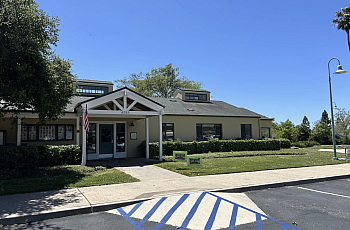
Girls Inc. in Carpinteria is now a climate resilience hub, offering solar power, air conditioning, and support during extreme heat. It's one of three pilot sites aiding vulnerable communities in Santa Barbara County.
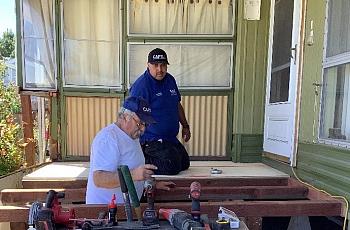
As extreme heat becomes more frequent on the Central Coast, a local non-profit is working to make homes more weather resilient at no-cost for low-income residents.
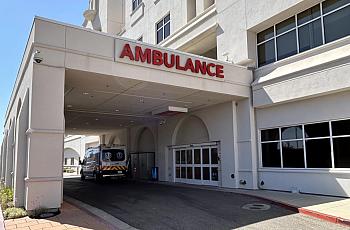
Climate scientists expect more heat waves to hit the Central Coast in the coming years, which could put people’s health at risk. Medical experts say preparing for extreme heat can minimize visits to the ER.
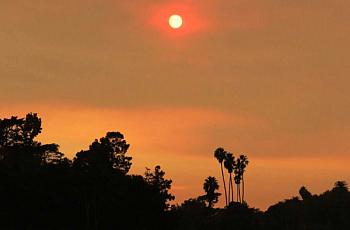
Although the Central Coast is known for its moderate climate, projections for the region show an increase in the frequency and severity of heat waves in the coming decades.

A forthcoming reporting project will explore how one Central California region is planning for the impact of rising temperatures on vulnerable populations.
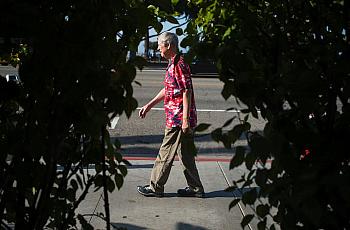
The state will need to make major investments and policy shifts to meet the challenge.

In the coming years, the Baby Boomer generation will be aged 65 and over, and as health care needs increase, more resources for adults with diseases like Alzheimer’s and dementia will be needed on the Central Coast.

As the population ages and the baby boomer generation retires, nurse shortages are projected in California and on the Central Coast. This challenge comes on top of the already depleted health care workforce due to the pandemic.

Professor Peter Rupert, director of the UC Santa Barbara Economic Forecast Project, said the Central Coast population over 65 is bigger than other parts of the state.

An aging population and a shrinking health care workforce is set to collide in coming years on California's Central Coast.